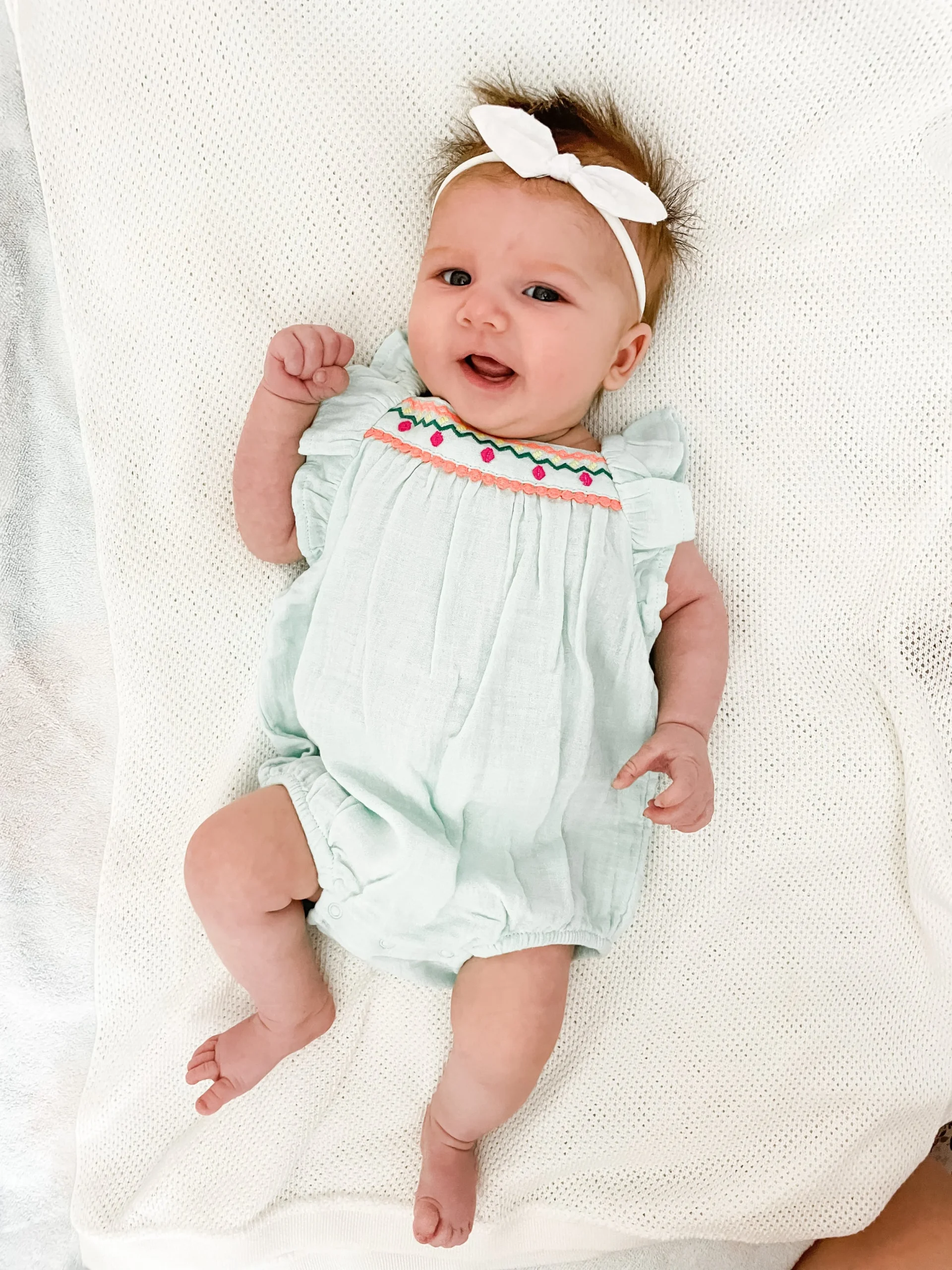A recent study has brought to light a concerning trend: parents are still creating unsafe sleeping environments for their infants. Initially aimed at understanding new mothers’ preferences for sleep arrangements, the study quickly raised alarms among pediatricians who reviewed the footage. The question on their minds was, why are parents ignoring our advice?
Despite repeated warnings against placing loose bedding, crib bumpers, or stuffed animals in cribs, many parents continue to do so. Dr. Jake Thompson, a pediatrician with years of experience, expressed his shock: “I’ve been in this field for over 15 years, and while I know not every parent will heed our advice, I was surprised to see that nearly every infant had loose bedding in their sleep area.”
Even with the knowledge that they were being observed, parents still set up their infants’ sleep environments with recognized risks. The findings were startling: among 160 one-month-olds, 21% were put to sleep on unsafe surfaces, while 91% had loose or non-approved items in their cribs. For three-month-olds, 87% had potentially hazardous items, and by six months, that number climbed to 93%. Clearly, infants have no preference for crib bumpers or plush toys; it’s bewildering that these items are still available for sale, given the American Academy of Pediatrics’ and the American SIDS Institute’s warnings against them.
The Consumer Product Safety Commission (CPSC) estimates that nearly 700 deaths of infants under 12 months were linked to pillows and cushions in or near their sleep areas from 1992 to 2010. A significant portion of these deaths resulted from suffocation due to pillows, blankets, and overcrowding in cribs. The CPSC emphasizes that the safest place for a baby to sleep is in a crib that adheres to their safety standards—free of any clutter including pillows, heavy blankets, and toys.
The study also highlighted that when parents moved their infants to different locations during the night, the sleeping environments became even less safe. There are safe co-sleeping methods, and the same principles that apply to cribs—such as avoiding blankets and ensuring the baby sleeps on their back—should be followed. Dr. Lisa Carter, another pediatrician, stated, “I always advise new parents to lay their babies down on their backs in a crib devoid of blankets, toys, bumpers, or pillows. I now plan to emphasize that if your baby wakes up at night, never transfer them to a less safe location.”
How much clearer can the message be? Keep your infant’s crib free from any items.
For more insights on pregnancy and related topics, check out our other blog posts, including this one about home insemination. If you’re seeking further information, Make A Mom offers valuable resources, and Medical News Today provides excellent information on fertility.
Summary
A recent study reveals that many parents continue to create unsafe sleeping environments for their infants, disregarding established safety guidelines. Despite warnings, items like loose bedding and crib bumpers are still prevalent in cribs, leading to potential risks such as suffocation. Pediatricians urge parents to keep cribs clear of any clutter for the safety of their babies.
